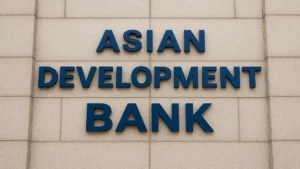India, the leading global exporter of rice, is anticipated to prolong its restrictions on overseas sales into the next year. This decision is poised to keep rice prices near their highest levels since the 2008 food crisis.
Background:
For the past decade, India has been a major player in global rice exports, constituting almost 40% of the total. However, to maintain domestic supplies and curb price surges, the Indian government has imposed export duties and minimum prices. Notably, certain rice varieties, including broken and non-basmati white rice, are prohibited from export.
Price Surge and International Impact:
In response to these measures, rice prices soared to a 15-year high in August. Buyers from vulnerable importing nations hesitated to make purchases, and some even sought waivers. As of October, rice prices remained 24% higher than the previous year, according to the UN’s Food and Agriculture Organization.
Potential Global Challenges:
The imminent arrival of El Niño, known for adversely affecting crops across Asia, adds another layer of complexity to the global rice market. This weather phenomenon may further tighten the rice market at a time when world stockpiles are on track for a third consecutive annual decline. Thailand, the second-largest rice exporter, has already projected a 6% decrease in paddy output for 2023-24 due to dry weather.
Find More News on Economy Here




 Retail Inflation Rises Slightly to 0.71%...
Retail Inflation Rises Slightly to 0.71%...
 India’s Foreign Reserves Touch $687.26 B...
India’s Foreign Reserves Touch $687.26 B...
 ADB Raises India’s Growth Forecast to 7....
ADB Raises India’s Growth Forecast to 7....







